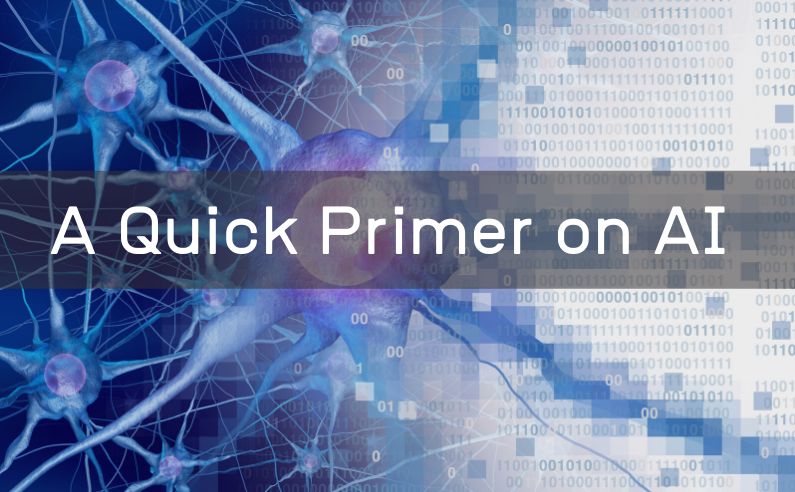Curated by T Ashok @ash_thiru
Summary
This article is curated from SIX articles as a quick primer on AI. Starting with a glossary on AI, it delves into tacit knowledge as codified via ML and understanding the difference between ML & AI. A quick peek into deep learning and challenges of explaining the patterns ending with a interesting piece AI written by an AI program.
Glossary of terminology in AI
Here is an easy article “A Simple, yet Technical Glossary of Terminology in AI” that provides simple glossary of terms, abbreviations, and concepts related to the field and sub-fields of artificial intelligence. Based on technical definitions by pioneers and leaders in AI.
ML & Polanyi’s paradox
“Explicit knowledge is formal, codified, and can be readily explained to people and captured in a computer program. But tacit knowledge, a concept first introduced in the 1950s by scientist and philosopher Michael Polanyi, is the kind of knowledge we’re often not aware we have, and is therefore difficult to transfer to another person, let alone capture in a computer program. Machine learning has enabled AI to get around one of its biggest obstacles, the so-called Polanyi’s paradox.” Read more in this article ”What Machine Learning Can and Cannot Do“
ML & AI – The difference (1)
There’s much confusion surrounding AI and ML. Some people refer to AI and ML as synonyms and use them interchangeably, while others use them as separate, parallel technologies. In many cases, the people speaking and writing about the technology don’t know the difference between AI and ML. In others, they intentionally ignore those differences to create hype and excitement for marketing and sales purposes.” This article “Why the difference between AI and machine learning matters” attempts to disambiguate the jargon and myths surrounding AI.
ML & AI – The difference (2)
“Unfortunately, some tech organizations are deceiving customers by proclaiming using AI on their technologies while not being clear about their products’ limits. There’s still a lot of confusion within the public and the media regarding what truly is artificial intelligence, and what truly is machine learning. Often the terms are being used as synonyms, in other cases, these are being used as discrete, parallel advancements, while others are taking advantage of the trend to create hype and excitement, as to increase sales and revenue.” says Roberto Irliondo in his article “Machine Learning vs. AI, Important Differences Between Them”.
Explaining how patterns are connected
Deep learning is good at finding patterns in reams of data, but can’t explain how they’re connected. Turing Award winner Yoshua Bengio wants to change that, read about this is this article “An AI Pioneer Wants His Algorithms to Understand the ‘Why’“
Chapter on AI written by a AI program
Here is an interesting excerpt from an ‘autobiographical’ chapter written by an AI program “This chapter on the future of Artificial Intelligence was written by Artificial Intelligence”, excerpted from the book “The Tech Whispererer”.

No comment yet, add your voice below!